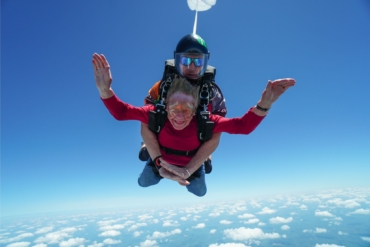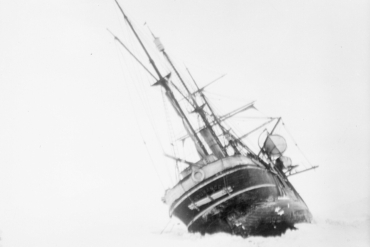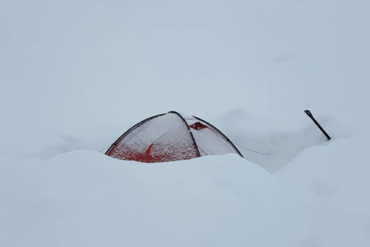It is midnight on the flanks of Mount Shasta, an immense stratovolcano in northern California, and T.C. Worley is huddled in a tent. Wind explodes on the slopes above, gusts and snow slides thundering like locomotives at 10,000 feet.
On assignment to photograph climbers on the peak, Worley fights to sleep before a planned 4a.m. start. A camera body, lenses, and batteries jostle in his sleeping bag, freezable implements he keeps close to his core.
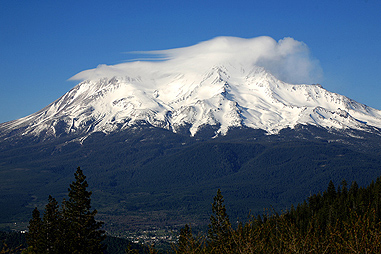
(Click for TC WORLEY PHOTO GALLERY)
Worley, 31, is a Minneapolis-based photojournalist who’s specialty is adventure travel and the outdoors. From climbing mountains to trekking in search of the world’s tallest tree, Worley makes a living hauling camera equipment to remote corners — and then attempting to capture the perfect shot.
Working as a contributing photographer for New York Times, Worley’s work has appeared in dozens of articles for the paper. Here are 10 tips — from common techniques to unorthodox tricks — Worley offers for burgeoning photographers looking to capture action and scenery in any scenario outdoors.
1. Extreme Weather Tricks
On Mount Shasta, Worley kept batteries in a pocket next to his body as he climbed, preserving stored electricity that otherwise is zapped by cold. For shooting in precipitation, Worley sometimes slides his camera into the sleeve of a Gore-Tex jacket, nudging a long lens to the opening at the cuff and shooting with an ad hoc cover.
2. Varying Perspectives
Shooting a Nature Valley Grand Prix bike race last summer, Worley noticed a pack of photographers together all shooting with 300mm lenses — all essentially getting the same shots. To make his images stand out, Worley got close and put on a wide-angle lens. “At events, I try not to shoot the same vantage or angle as everyone else,” he said.

(Click for TC WORLEY PHOTO GALLERY)
3. Makeshift Tripod
When it’s dark or you need a long exposure for effect, set your camera on a rock, log, or ledge and employ the self-timer function to take a hands-free shot.
4. Safety Shot
A photojournalism standard is to first get a “safety shot,” which is an image that, though maybe not the most creative, tells the whole story of the scene or event. “If your kid is skiing, get a simple shot of him standing in his skis before you get creative,” Worley said. From an equipment approach, this can mean using a standard lens before grabbing a telephoto or a wide-angle lens.
5. Motion in Photos
If you shoot bike racing, skiing, or other high-action sports, learn to show motion in your photos. Panning — a technique where you move the lens to follow a subject — blurs the background while keeping the subject in focus. Or do the opposite: Make a longer exposure to blur the subject against a still background scene.
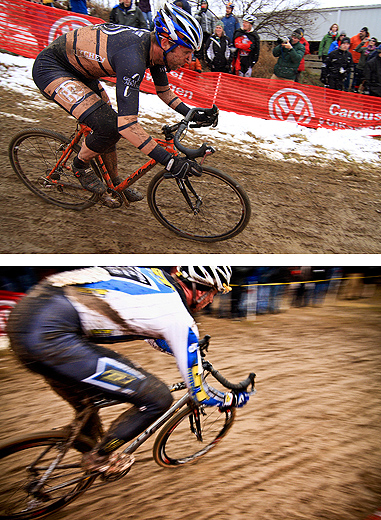
(Click for TC WORLEY PHOTO GALLERY)
6. New Perspective
While planning a trip, Worley tries to avoid seeing photos of his destination. “I want a fresh perspective when I get there,” he said. Classic images of an area — say a famous vista at a National Park — can stick in your head as the must-get shot. Worley said this can cause a photographer to gloss past details and other opportunities.
7. Viewfinder Walk-Around
Can’t conjure the right composition for a photo? Worley recommends walking around with your eye to the viewfinder until you see the scene. He said the natural view from the human eye — which is about the equivalent of a 50mm lens — makes it difficult to visualize a scene when using a long lens or a wide-angle.
8. Stay Fit
Physical fitness is requisite to this job. Worley has to keep up with his subjects — often guides and athletes. He runs and bikes to be sure he can stay ahead and get the shot.

(Click for TC WORLEY PHOTO GALLERY)
9. Continuous Focus
Single-shot autofocus cannot always keep up with mountain bikers on a trail or ski racers whizzing past. For subjects moving quickly toward or away from the shooter, employ a camera’s continuous focus mode to keep the action sharp, steady and in real time.
10. Freeze Frame
High action demands a quick shutter. For most scenes, Worley recommends setting a camera to no slower than 1/500 of a second to obtain a sharply focused subject. “That’s where you can catch the sweat drops flying and spinning bike wheels frozen in time.”
—Stephen Regenold writes a daily blog on outdoors gear at www.gearjunkie.com.


